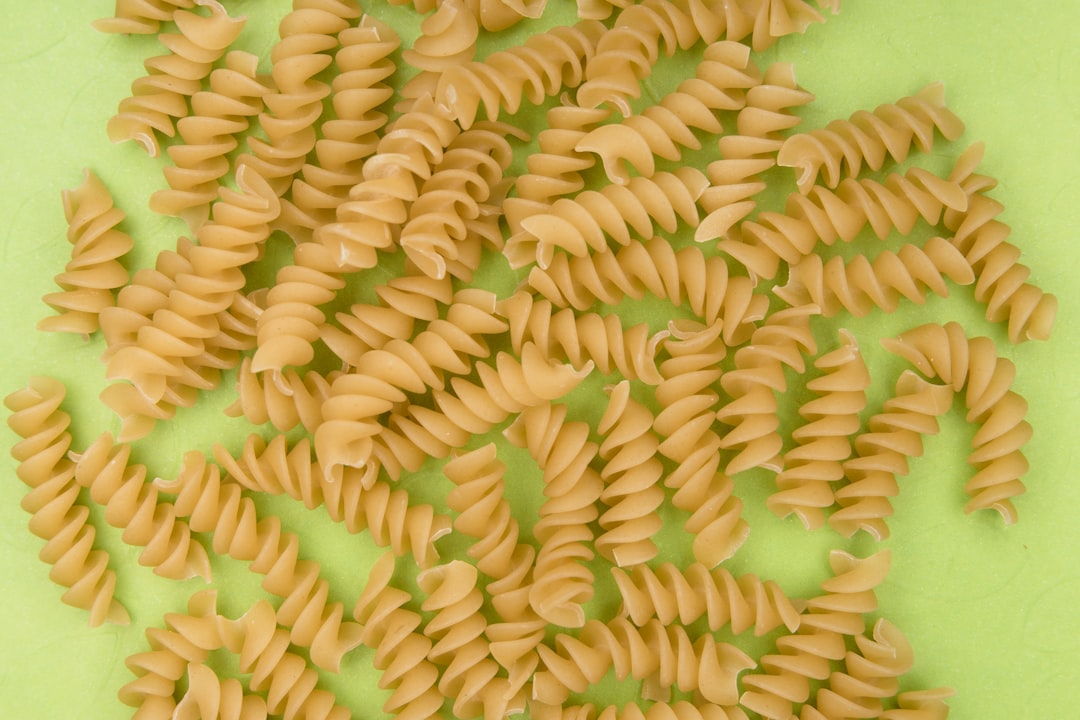As pet parents, we’re constantly searching for the best ways to nourish our furry friends. We meticulously scan ingredient lists, research nutritional values, and often wonder if those human foods we enjoy can also be shared with our canine companions. One grain that might have caught your eye is spelt. But can dogs eat spelt? Let’s dive into the details and uncover whether spelt is a healthy addition to your dog’s diet or something to avoid.
Is Spelt Safe for Dogs?
The short answer is: yes, spelt is generally safe for dogs to eat. Spelt is an ancient grain, a type of wheat that’s gaining popularity as a nutritious alternative to common grains like wheat flour. Unlike some highly processed grains, spelt retains more nutrients and fiber. However, like all foods, it should be introduced to your dog’s diet carefully and in moderation.
Benefits of Spelt for Dogs
Spelt offers several potential health benefits for dogs. Its high fiber content aids digestion, promoting healthy bowel movements and preventing constipation. Fiber can also contribute to weight management by helping your dog feel fuller for longer. Additionally, spelt is a source of various vitamins and minerals, including iron, magnesium, and zinc, which are essential for overall health and well-being.
Risks of Feeding Spelt to Dogs
While spelt is generally safe, there are some potential risks to consider:
- Gluten Content: Spelt contains gluten. This is a major concern for dogs with gluten sensitivities or allergies. If your dog is known to be sensitive to wheat, spelt should be avoided.
- Allergies: Even if your dog isn’t specifically allergic to gluten, they could still be allergic to spelt. Watch for signs of allergies like itching, skin rashes, digestive upset (vomiting, diarrhea), or ear infections.
- Overconsumption: Feeding your dog too much spelt can lead to digestive issues like bloating, gas, and diarrhea. Moderation is key.
- Processed Spelt Products: Be cautious about processed spelt products, such as breads or baked goods. These often contain added sugars, fats, and preservatives that are unhealthy for dogs.
How to Introduce Spelt to Your Dog’s Diet
If you decide to incorporate spelt into your dog’s diet, it’s crucial to do so gradually and with careful observation. Here’s how:
- Start Small: Begin with a very small amount of cooked spelt, such as a teaspoon, mixed into your dog’s regular food.
- Monitor for Reactions: Observe your dog for any signs of digestive upset or allergic reactions over the next 24-48 hours.
- Increase Gradually: If your dog tolerates the initial serving well, you can gradually increase the amount over several days.
- Cook it Properly: Always cook spelt thoroughly before feeding it to your dog. Raw spelt can be difficult to digest.
- Plain is Best: Avoid adding any seasonings, sauces, or other ingredients that could be harmful to your dog. Plain, cooked spelt is the safest option.
- Consult Your Vet: If you have any concerns or if your dog has a history of allergies or digestive issues, consult with your veterinarian before introducing spelt to their diet.
Spelt vs. Other Grains for Dogs
Compared to other grains commonly found in dog food, such as corn and wheat, spelt can be a more nutritious option. It generally contains more fiber and nutrients. However, it’s important to remember that every dog is different. Some dogs may tolerate corn or wheat better than spelt. If your dog has no sensitivities to any of these grains, the best choice comes down to individual nutritional needs and preferences.
- Spelt Pros:
- High in fiber for good digestion.
- Contains essential vitamins and minerals.
- May be a good alternative for dogs sensitive to some other grains (unless they are gluten sensitive).
- Spelt Cons:
- Contains gluten, which can be problematic for dogs with gluten sensitivities or allergies.
- Can cause digestive upset if overfed.
- Processed spelt products may contain unhealthy additives.
Frequently Asked Questions
Can puppies eat spelt?
Yes, puppies can eat spelt in moderation, following the same guidelines as adult dogs. However, it’s especially important to introduce it slowly and monitor for any adverse reactions, as puppies’ digestive systems are more sensitive.
Is spelt flour safe for dogs?
Yes, cooked spelt flour can be used in homemade dog treats, but again, in moderation. Be mindful of the other ingredients you use in your treats, avoiding sugar, chocolate, and other harmful components. Ensure the spelt flour is thoroughly cooked.
How much spelt can I give my dog?
The appropriate amount of spelt to give your dog depends on their size, age, activity level, and overall health. A good starting point is a tablespoon for small dogs, 2-3 tablespoons for medium dogs, and up to 1/4 cup for large dogs per day. Always monitor your dog’s response and adjust the amount accordingly.
What are the symptoms of a spelt allergy in dogs?
Symptoms of a spelt allergy in dogs can include itching, skin rashes, hives, digestive upset (vomiting, diarrhea), ear infections, and respiratory issues like coughing or sneezing. If you notice any of these symptoms after feeding your dog spelt, discontinue use and consult with your veterinarian.
In conclusion, spelt can be a safe and potentially beneficial addition to your dog’s diet if introduced correctly and in moderation. However, it’s crucial to be aware of the risks associated with gluten content and potential allergies. Always prioritize your dog’s health and well-being by observing their reaction to new foods and consulting with your veterinarian when needed. Responsible pet ownership means making informed choices about what we feed our beloved companions.

